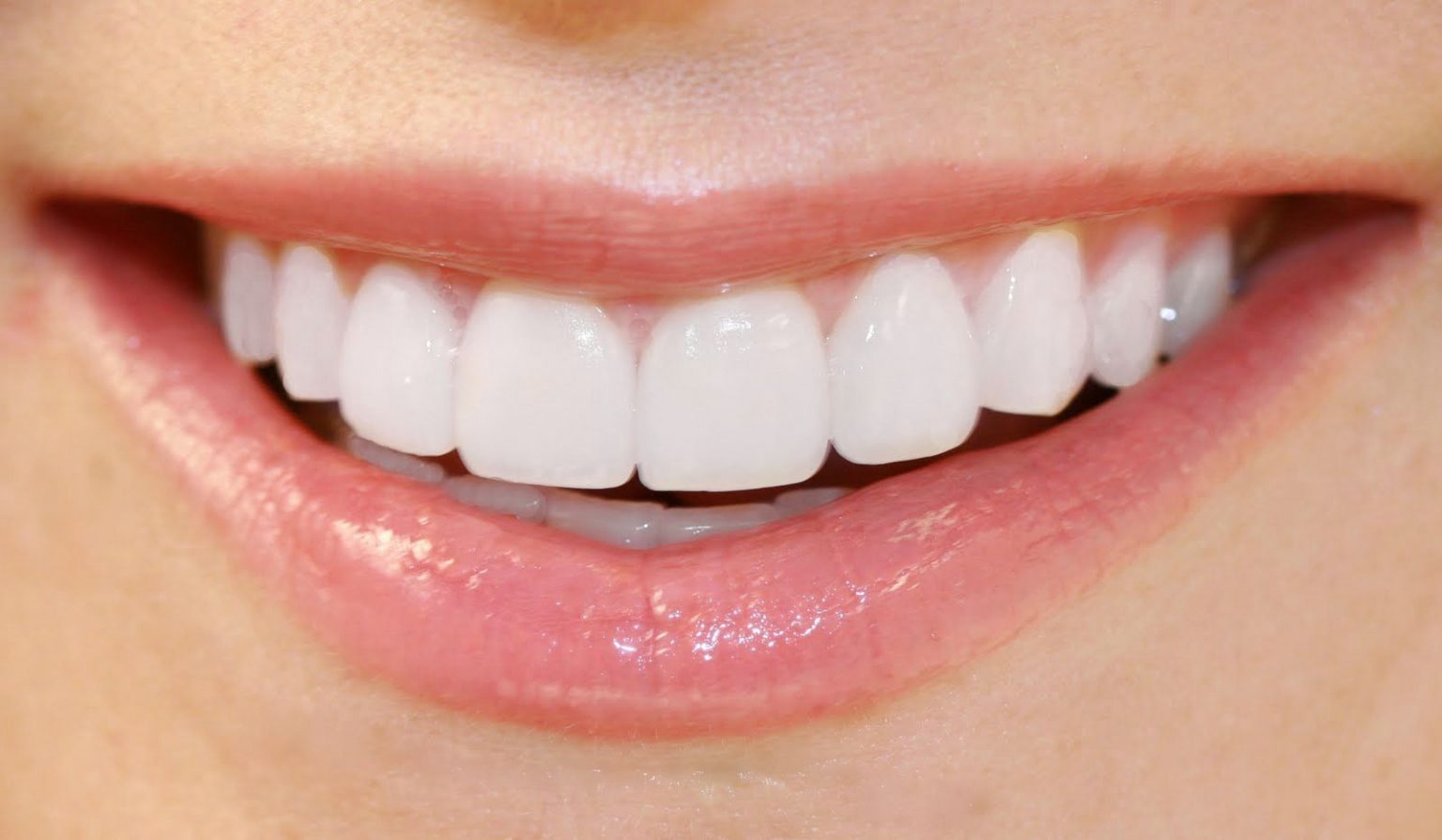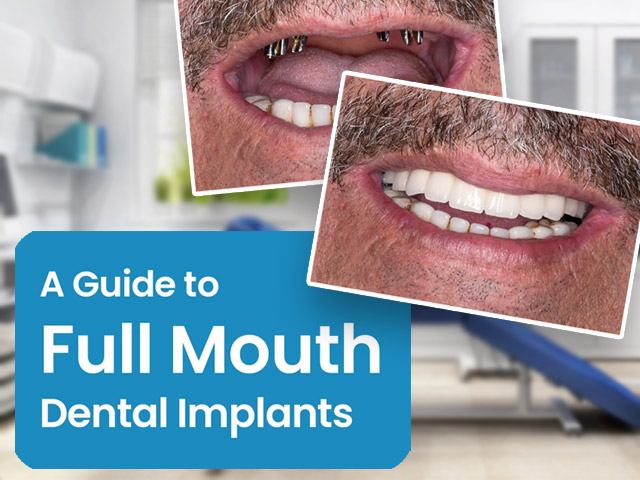Composite Veneers Versus Porcelain Veneers

The quest for a perfect smile has led to the development of various dental restoration techniques, with composite veneers and porcelain veneers being two of the most popular options. Both types of veneers are designed to enhance the appearance of teeth, but they differ significantly in terms of their composition, durability, and application process. In this article, we will delve into the world of composite veneers versus porcelain veneers, exploring their characteristics, advantages, and disadvantages to help you make an informed decision.
Introduction to Veneers
Veneers are thin layers of material that are bonded to the front of teeth to improve their appearance. They can be used to correct a variety of cosmetic issues, including stained, chipped, or misaligned teeth. The primary goal of veneers is to create a uniform, natural-looking smile that boosts confidence and enhances overall oral aesthetics.
Composite Veneers
Composite veneers are made from a mixture of resin and filler particles, which are applied directly to the teeth in a layer-by-layer process. This type of veneer is often referred to as a “same-day” solution, as it can be completed in a single dental visit. Composite veneers are less invasive than porcelain veneers, requiring minimal tooth preparation and no temporary veneers.
Advantages of Composite Veneers:
- Quick Procedure: Composite veneers can be applied in a single visit, making them a convenient option for busy individuals.
- Minimal Tooth Preparation: Less tooth enamel is removed, preserving the natural structure of the teeth.
- Cost-Effective: Composite veneers are generally less expensive than porcelain veneers.
- Repairable: If a composite veneer becomes damaged, it can be easily repaired without needing to replace the entire veneer.
Disadvantages of Composite Veneers:
- Less Durable: Composite veneers are more prone to staining and wear than porcelain veneers.
- Limited Lifespan: They typically need to be replaced every 5-7 years.
- Aesthetic Limitations: While composite veneers can improve the appearance of teeth, they may not be as natural-looking as porcelain veneers.
Porcelain Veneers
Porcelain veneers, on the other hand, are made from high-quality ceramic materials that are designed to mimic the natural appearance of teeth. They are created in a dental laboratory and require two visits to apply. Porcelain veneers are more durable and resistant to stains than composite veneers, making them a popular choice for individuals seeking a long-term solution.
Advantages of Porcelain Veneers:
- Durable and Long-Lasting: Porcelain veneers can last up to 15 years or more with proper care.
- Natural Appearance: They are designed to closely resemble the natural color and texture of teeth.
- Stain-Resistant: Porcelain veneers are highly resistant to stains and discoloration.
- Gum Tolerant: They are gentle on the gums and can help to create a more even gum line.
Disadvantages of Porcelain Veneers:
- More Invasive: Porcelain veneers require more tooth preparation and may involve the use of temporary veneers.
- Higher Cost: They are generally more expensive than composite veneers.
- Irreversible: Once porcelain veneers are applied, the process cannot be reversed.
Comparison of Composite and Porcelain Veneers
| Composite Veneers | Porcelain Veneers | |
|---|---|---|
| Durability | Less durable, 5-7 years | More durable, up to 15 years |
| Appearance | Aesthetic limitations | Natural appearance |
| Cost | Less expensive | More expensive |
| Procedure | Quick, same-day | Two visits, laboratory-created |
| Tooth Preparation | Minimal | More invasive |

Decision Framework
When deciding between composite veneers and porcelain veneers, consider the following factors:
- Budget: If cost is a concern, composite veneers may be a more affordable option.
- Durability: If you prioritize a long-lasting solution, porcelain veneers may be the better choice.
- Aesthetics: If you want a highly natural-looking result, porcelain veneers are likely a better fit.
- Time: If you need a quick solution, composite veneers can be applied in a single visit.
Conclusion
In conclusion, both composite veneers and porcelain veneers can be effective solutions for enhancing the appearance of teeth. While composite veneers offer a quick and cost-effective option, porcelain veneers provide a more durable and natural-looking result. Ultimately, the choice between these two types of veneers depends on your individual needs, budget, and priorities. Consult with a qualified dentist to determine the best course of treatment for achieving your desired smile.
What is the main difference between composite and porcelain veneers?
+The primary difference lies in their composition and durability. Composite veneers are made from a resin mixture and are less durable, while porcelain veneers are made from high-quality ceramic materials and are more resistant to stains and wear.
How long do composite veneers last?
+Composite veneers typically need to be replaced every 5-7 years, depending on various factors such as oral hygiene and lifestyle habits.
Are porcelain veneers worth the investment?
+Porcelain veneers can be a worthwhile investment for individuals seeking a long-term solution with a natural appearance. While they are more expensive than composite veneers, they can last up to 15 years or more with proper care.
Can composite veneers be repaired?
+Yes, composite veneers can be easily repaired if they become damaged. This is a significant advantage over porcelain veneers, which may require replacement if they are damaged.
How do I care for my veneers?
+To care for your veneers, practice good oral hygiene by brushing and flossing regularly. Avoid biting or chewing on hard objects, and attend regular dental check-ups to ensure the longevity of your veneers.
By considering the characteristics, advantages, and disadvantages of composite veneers and porcelain veneers, you can make an informed decision that meets your unique needs and priorities. Remember to consult with a qualified dentist to determine the best course of treatment for achieving your desired smile.
